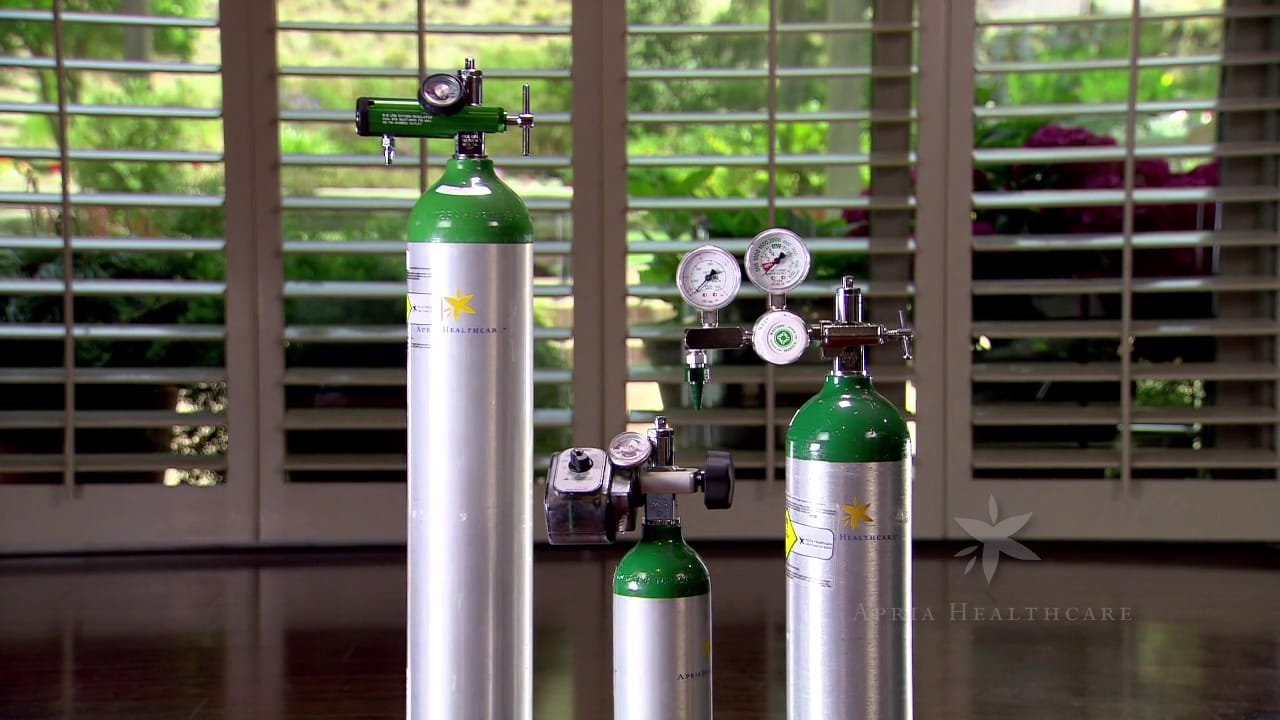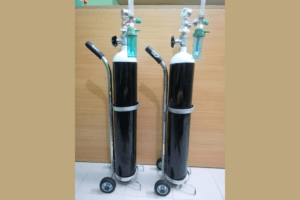Medical oxygen cylinders play a crucial role in providing supplemental oxygen to individuals who require respiratory support due to various medical conditions. These cylinders need to be refilled or replenished when their oxygen levels deplete. The process of refilling or replenishing medical oxygen cylinders involves several steps to ensure the safe and efficient delivery of oxygen to patients in need. Let’s explore the process in detail:
- Authorized Refilling Centers: Medical oxygen cylinders should only be refilled at authorized facilities that comply with specific safety standards and regulations. These centers are equipped with the necessary infrastructure, equipment, and trained personnel to handle and refill medical oxygen cylinders safely.
- Empty Cylinder Collection: Empty medical oxygen cylinders are collected from hospitals, clinics, or patients’ homes and transported to the refilling center. These cylinders are inspected for any damage, such as dents or leaks, before proceeding to the refilling process.
- Pre-refilling Preparation: Before refilling, the cylinders are thoroughly cleaned and purged of any remaining gas or contaminants. The valves are checked to ensure they are in proper working condition. This step helps maintain the purity and safety of the refilled oxygen.
- Oxygen Source: Refilling centers typically have a large central oxygen storage system, which is connected to an oxygen generation plant or liquid oxygen storage. These sources ensure a continuous supply of medical-grade oxygen.
- Pressure Regulation: To refill the cylinder, the pressure inside the cylinder needs to be regulated. This is achieved using specialized equipment like pressure regulators. The pressure is adjusted to match the desired level required for filling the cylinder without causing damage.
- Oxygen Transfer: The medical-grade oxygen from the central storage system is transferred to the cylinder. This process is typically automated and controlled to ensure accuracy and minimize the risk of contamination. The oxygen is carefully monitored throughout the filling process to maintain its purity.
- Weighing and Labeling: Once the cylinder is refilled, it is weighed to determine the amount of oxygen it contains accurately. The weight information is then recorded on the cylinder along with other relevant details such as the manufacturing date, batch number, and expiry date. This labeling ensures proper tracking and management of the cylinder inventory.
- Quality Control: Refilling centers follow strict quality control measures to ensure that the refilled oxygen cylinders meet the required standards. Regular testing and analysis are performed to verify the purity and quality of the oxygen being filled into the cylinders. This includes checking for the absence of impurities, moisture content, and verifying the oxygen concentration.
- Safety Checks: After refilling, the cylinders undergo a series of safety checks to ensure they are in proper working condition. These checks include inspecting the valves, checking for leaks, and verifying that the pressure is within the acceptable range. Cylinders that do not pass the safety checks are rejected and not put back into circulation.
- Delivery and Distribution: Once the cylinders have been refilled, tested, and deemed safe for use, they are delivered back to the hospitals, clinics, or patients’ homes. Proper documentation and tracking systems are in place to ensure that the refilled cylinders are appropriately distributed and accounted for.
It’s important to note that the process of refilling medical oxygen cylinders requires skilled personnel who are trained in handling oxygen, maintaining safety protocols, and adhering to regulatory guidelines. This ensures that the entire process is carried out with utmost care and attention to detail, guaranteeing the safe and effective replenishment of medical oxygen cylinders for patients in need of respiratory support.



